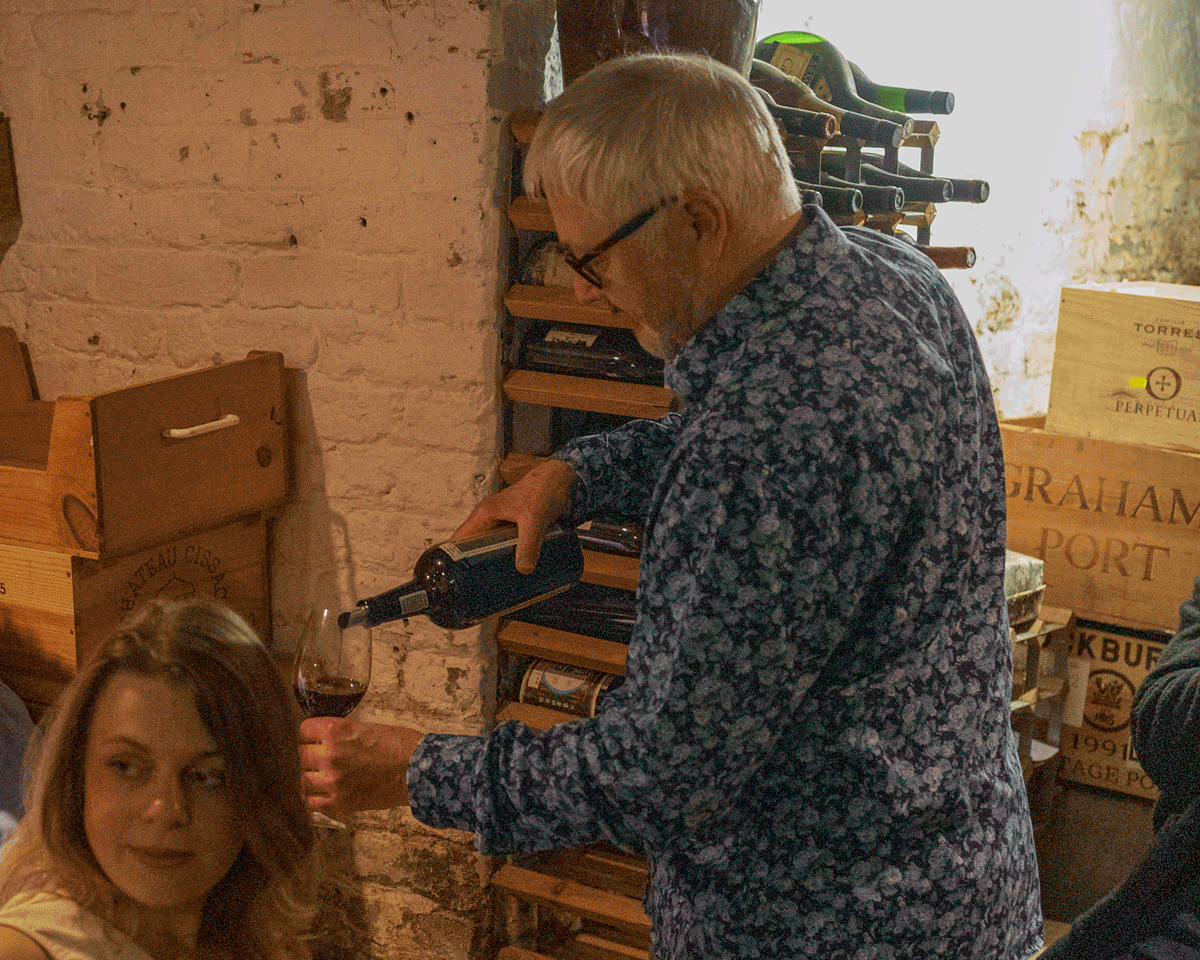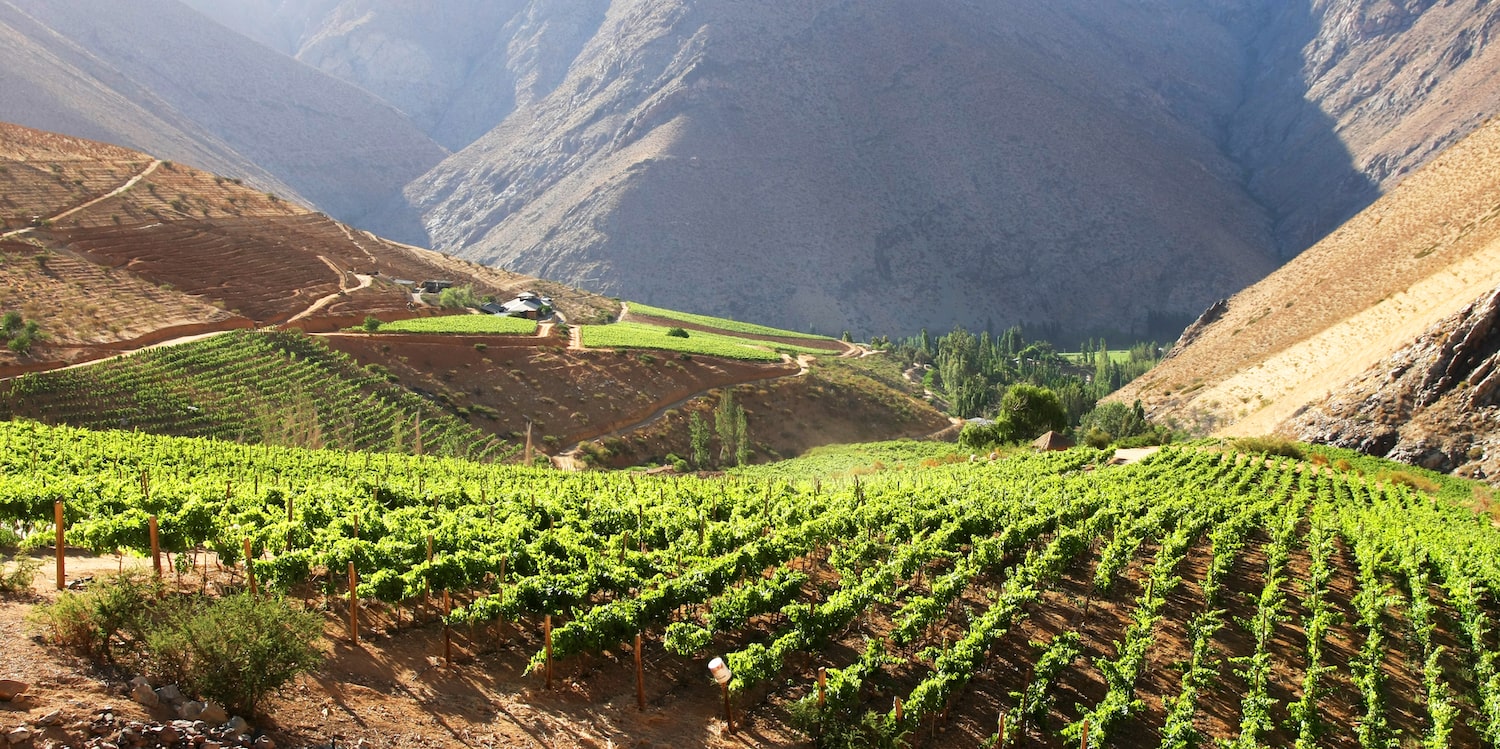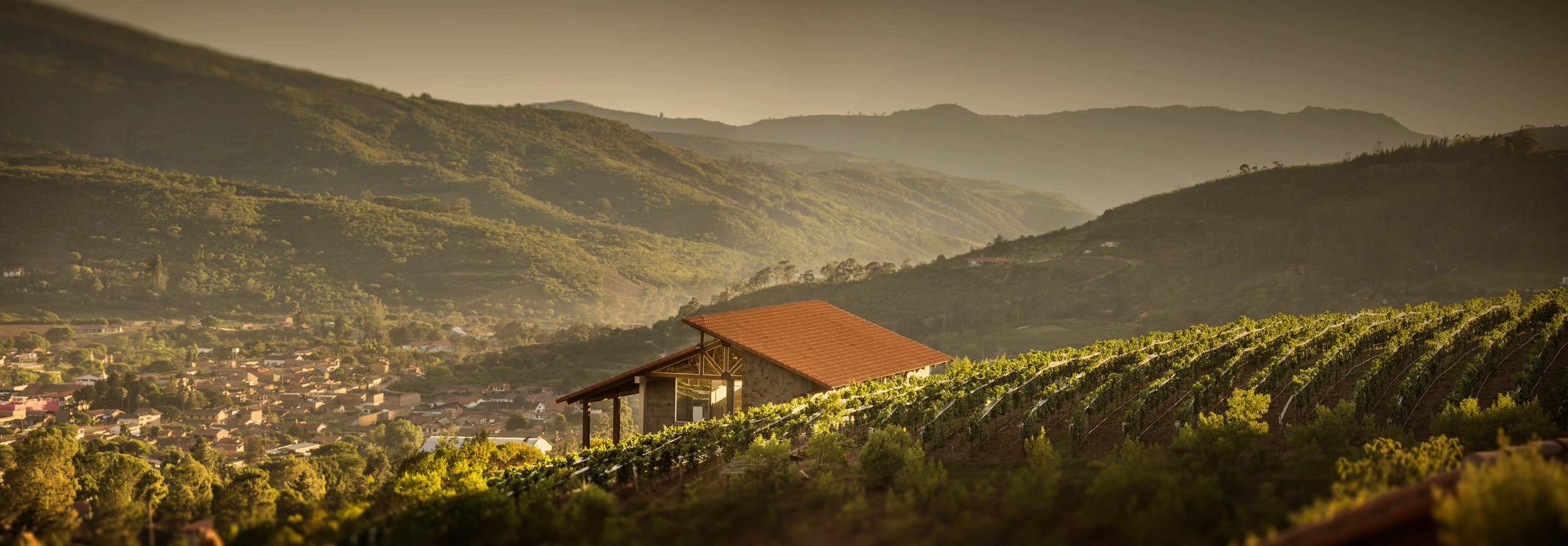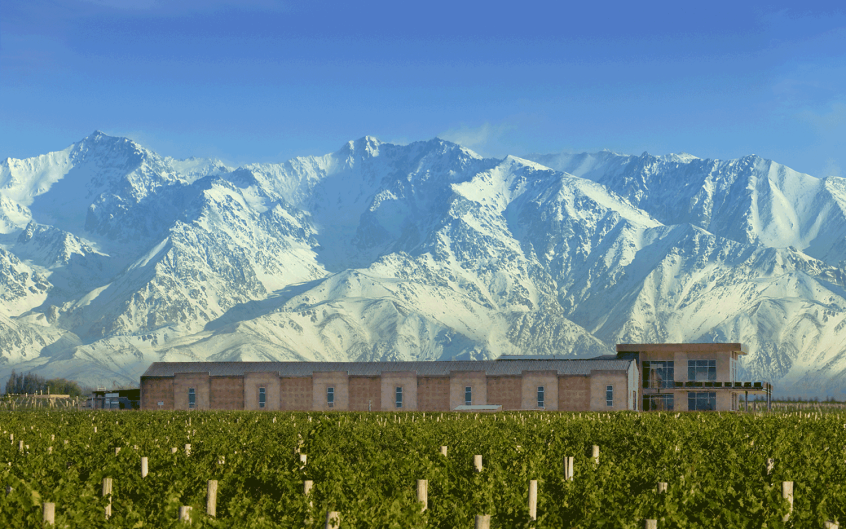Ahead of our upcoming ‘Journey through South American vines’ cellar tasting, we though it was the perfect time to explain a bit about how altitude affects the way which wine is produced, specifically in countries like Argentina where it is so intrinsic to their style.
Elevation has more impact that you first may think, not only on how grapes are grown, but how your wine tastes in your glass!
Hopefully this article will explain this impact, and pique your interest enough to come along to our tasting on the 25th of October and sample some wines with altitude!

What makes high altitude wines so interesting?
One of the challenges winemakers face today is an increasingly warmer climate. In order to create balanced wines, winemakers must seek out methods to control ripening and moderate conditions in the vineyard. By planting at higher altitudes, where temperatures drop by 0.6 degrees per 100 metres, a cooler average temperature gives a longer growing season. Thus, tannins and aromas can mature whilst the grapes maintain acidity and fruit flavour.
High-altitude vineyards are those planted at more than 500 metres above sea level, according to the European Centre for Research, Environmental Sustainability and Advancement of Mountain Viticulture (CERVIM). But in some parts of the world, grapes are planted at far more extreme altitudes.
Working with vineyards at higher altitudes comes with its fair share of challenges. For example, mechanical harvesting is often not possible – with grapes being picked by hand instead. In parts of South America, pickers chew coca leaves to offset affects of altitude sickness. But winemakers proudly point out that the quality of their wines make these struggles worth the effort.
Wine from higher altitudes play more on elegance than power, and they are becoming increasingly popular on the international wine scene.
South America
Much of South America is too warm for growing most grape varieties, but by planting at higher altitudes, growers have found ideal climactic conditions for producing wine.
In Argentina, winemakers have been planting at higher and higher altitudes since the early 1990s. It has become a status symbol, with each producer daring to plant slightly higher than their neighbour. Most vineyards are planted at 1000 metres above sea level or high. Unsurprisingly the image of the snow-capped Andes has now become emblematic of Argentinian wine production. Wines grown this way have consistently shown more minerality, and more acidity than those planted lower altitudes.

Various producers led the way in pioneering high altitude viticulture across South America, this included Francois Lurton – a winemaker from a
renowned Bordeaux family. Lurton spent years scouring South America before finding a prime location for planting. In 1996, he planted Los Chacayes, a semi-desert location at 1,100 metres above sea level. He chose this plot because the soil reminded him of that in Pessac-Leognan, and the altitude meant there was wide diurnal range of temperature. This culminated in Los Chacayes achieving a cult status, for their concentrated, yet elegant wines.
South America is home to some of the highest vineyards in the world – for example, Bodega Colome has plantings ranging from 2,800 – 3,200 metres above sea level. Winemaker Thibaut Delamotte has noted how the difficulties working at this altitude are outweighed by the results. He describes how “the extreme conditions produce high-quality fruit and give us a great paradox: very dark and concentrated wine, but elegant, fresh and harmonious at the same time”.
We are proud to include a vast ranges of wines made in this manner as part of our portfolio, including a wide selection from Francois Lurton. Several of which will be showcased at our upcoming South America Cellar Tasting.
High altitude wines across the world
Shifting altitude is a factor utilised by winemakers all over the world, not just in South America. Many historical wine regions have been playing around with planting at higher altitudes for years – even if these levels are not as extreme as those in South America.
In Italy, 40% of land consists of mountains, or hills. Producers are utilising this terroir and planting at high altitudes, in regions such as Tuscany, Campania, Sicily and Sardinia. These conditions provide relief from the heat in this Mediterranean climate. In places like Barolo, confines of the region are set in stone – with the highest plots sitting at 540 metres above sea level. These spots are becoming all the more important as vintages are becoming consistently warmer, so the most premium examples tend to come from these higher plots.
Some American Viticultural Areas (AVAs) define themselves by altitude, and it is crucial here because it corresponds to the fog line, so producers tend to physically mark out the altitude on their vineyards. Ocean breezes, fog, and mists are necessary in the production of elegant American wines due to their warmer climate, as these factors all aid in cooling the vineyard and increasing diurnal range. On the Sonoma coast, Fort Ross-Seaview AVA stipulates vineyards must sit at 920-1800 feet or higher, all of the wines produced here are shaped completely by elevation – and the results are elegant and refined.
Spain boasts some of Europe’s highest vineyards. Their mountainous terrain is shaped by altitude as sum
mer temperatures reaching the 40 degree mark can be mitigated by elevation. The cooling effects of elevation preserve the acidity that is needed to support the freshness and liveliness of the wines. Some plots in Priorat reach 900m, which enables a dramatic diurnal temperature variation of around 20 degrees in the summer, which is essential for creating their distinctive style.

We are pleased to highlight a selection of excellent high-altitude wines at our next cellar tasting
We will showcase a selection of 6 South American wines – all unique in style – grown at various altitudes.

